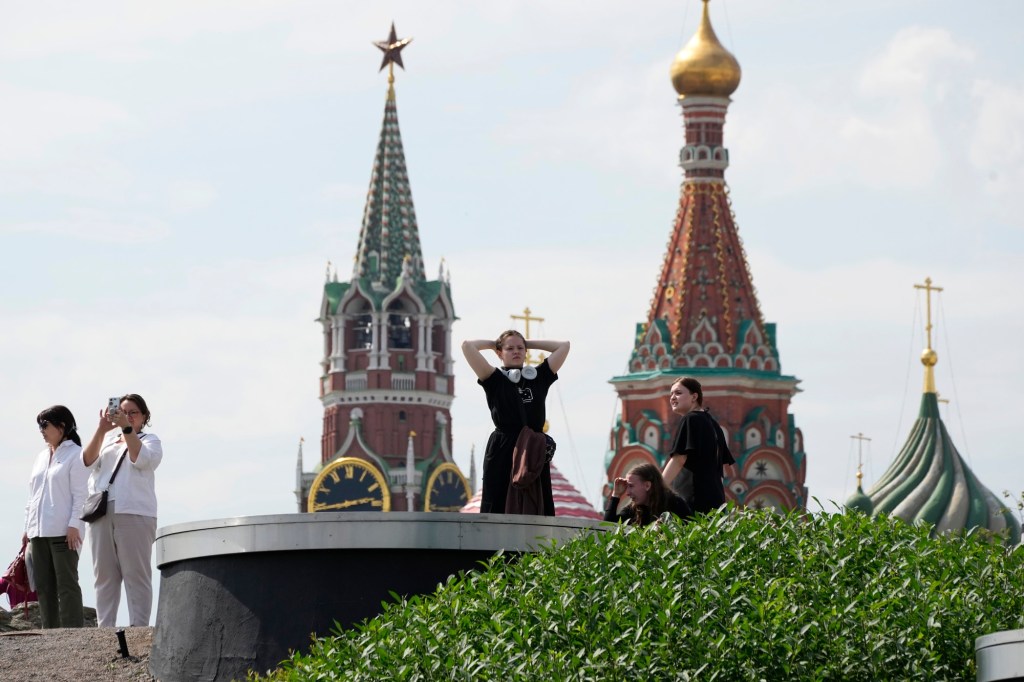
When newly elected President Barack Obama offered Hillary Clinton the job of Secretary of State in 2008, it was contingent on the Clintons signing an ethics agreement.
They had to agree to stop accepting new contributions from foreign governments to the Clinton Foundation or Clinton Global Initiative, to disclose all their donors, and to submit all of Bill Clinton’s paid speech offers and business activities to the Obama administration for pre-approval.
They signed, Hillary Clinton was confirmed as Secretary of State, and then she set up a private email server at her home and never used a government email account or State Department server for her official communications.
This meant that if the State Department received a request for records, it could search its files for a thousand years and never find the Secretary of State’s electronic correspondence, because it was on a private email server in her closet.
Why do you suppose she did that?
That’s what the House Select Committee on Benghazi wanted to know after the New York Times reported in March 2015 that Clinton had exclusively used a private email server during her 2009-2013 tenure at the State Department.
The FBI investigated. Just before the 2016 election, Director James Comey cleared Clinton of mishandling classified information, even though a trove of her emails had been discovered on a laptop computer owned by Anthony Weiner, the ex-husband of her top aide, Huma Abedin. The FBI had the laptop because it was investigating Weiner for sending sexual text messages to a 15-year-old girl.
During the summer of 2016, Clinton cooked up a plan to distract from all that. Later, the Federal Election Commission fined her campaign for reporting the expense of that plan incorrectly. “Opposition research” can’t be reported as “legal expenses.”
The plan produced what’s known as the Steele dossier. It was written by Christopher Steele, a former British intelligence agent hired by Clinton’s opposition research firm. This was the document that contained, among other things, the ludicrous story about prostitutes peeing on the bed in Donald Trump’s hotel room in Moscow. In June 2017, FBI Director James Comey told the Senate Select Committee on Intelligence that the material in the dossier was “salacious and unverified.”
The Clinton team also compiled phony technical data purporting to show a connection between the Trump Organization and Alfa Bank in Moscow. With Clinton’s approval, this was shared with the media, according to later testimony by her former campaign manager.
Here’s what Clinton advisor Jake Sullivan said in a news release in October 2016, one week before the election: “We can only assume that federal authorities will now explore this direct connection between Trump and Russia as part of their existing probe into Russia’s meddling in our elections.”
Federal investigators later concluded there were no improper links between Trump and Alfa Bank, but unless you were on the planet Mars for four years, it was hard to go a week without hearing someone on television talking about a “connection between Trump and Russia.” Jake Sullivan went on to become President Joe Biden’s national security advisor.
Now Donald Trump is back in the Oval Office with keys to all the file cabinets. And they’ve been opened.
On July 18, Director of National Intelligence Tulsi Gabbard released newly declassified emails from December 2016, after Trump had been elected but while President Obama was still in control of the intelligence agencies and the FBI.
The emails reveal that the intelligence community had prepared a Presidential Daily Brief on December 8 with its analysis of Russian attempts to interfere in the election. It stated, “We assess that Russian and criminal actors did not impact recent U.S. election results by conducting malicious cyber activities against election infrastructure.” It noted that cyber criminals “tried to steal data and to interrupt election processes by targeting election infrastructure, but these actions did not achieve a notable disruptive effect.”
There was no assessment that Russia was trying to help Trump.
But just hours before that Presidential Daily Brief was to be published, when it would have been shared with the incoming president, the document was withdrawn due to “new guidance.”
The next day, President Obama directed his team to create a new Intelligence Community Assessment, or ICA.
Declassified reports now reveal that inside the CIA, there was sharp criticism of how this ICA was prepared, what it concluded, and the sources on which it relied for its key finding that Putin “aspired” to help Trump win the election. These sources included the discredited Steele dossier, attached as an annex to the ICA report. It had made its way from the Clinton campaign to the intelligence community.
On Dec. 9, the same day Obama ordered the new ICA, anonymously sourced stories appeared in the Washington Post, New York Times and on NBC News with these headlines:
“Secret CIA Assessment says Russia was trying to help Trump win White House.”
“Russian Hackers Acted to Aid Trump in Election, U.S. Says.”
“U.S. Officials: Putin Personally Involved in U.S. Election Hac
“The CIA has concluded in a secret assessment that Russia intervened in the 2016 election to help Donald Trump win the presidency, rather than just to undermine confidence in the U.S. electoral system, according to officials briefed on the matter,” reported the Post.
It was a vicious hoax, perpetuated for years, ruining innocent people, interfering with the governance of the nation.
Gabbard sent the declassified documents to the Department of Justice, where Attorney General Pam Bondi has assigned a “strike force” of investigators and prosecutors to review the material for possible criminal prosecutions.
You can read the documents at dni.gov. In addition, a newly declassified report on the FBI investigation into Hillary Clinton’s use of a private email server is available on the website of Senate Judiciary Committee Chairman Chuck Grassley, grassley.senate.gov.
Take nobody’s word for it. See for yourself.
Write Susan@SusanShelley.com and follow her on X @Susan_Shelley



